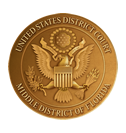In 1968, big plans were in the works for the Big Cypress Swamp. The Dade County Port Authority was buying land just to the north of the Everglades National Park to be used for the largest airport ever. The new aviation complex was to be five times larger than John F. Kennedy International Airport (JFK) in New York and several times larger than any existing airport. After the completion of the first runway, however, the Big Cypress Jetport plans were canceled.
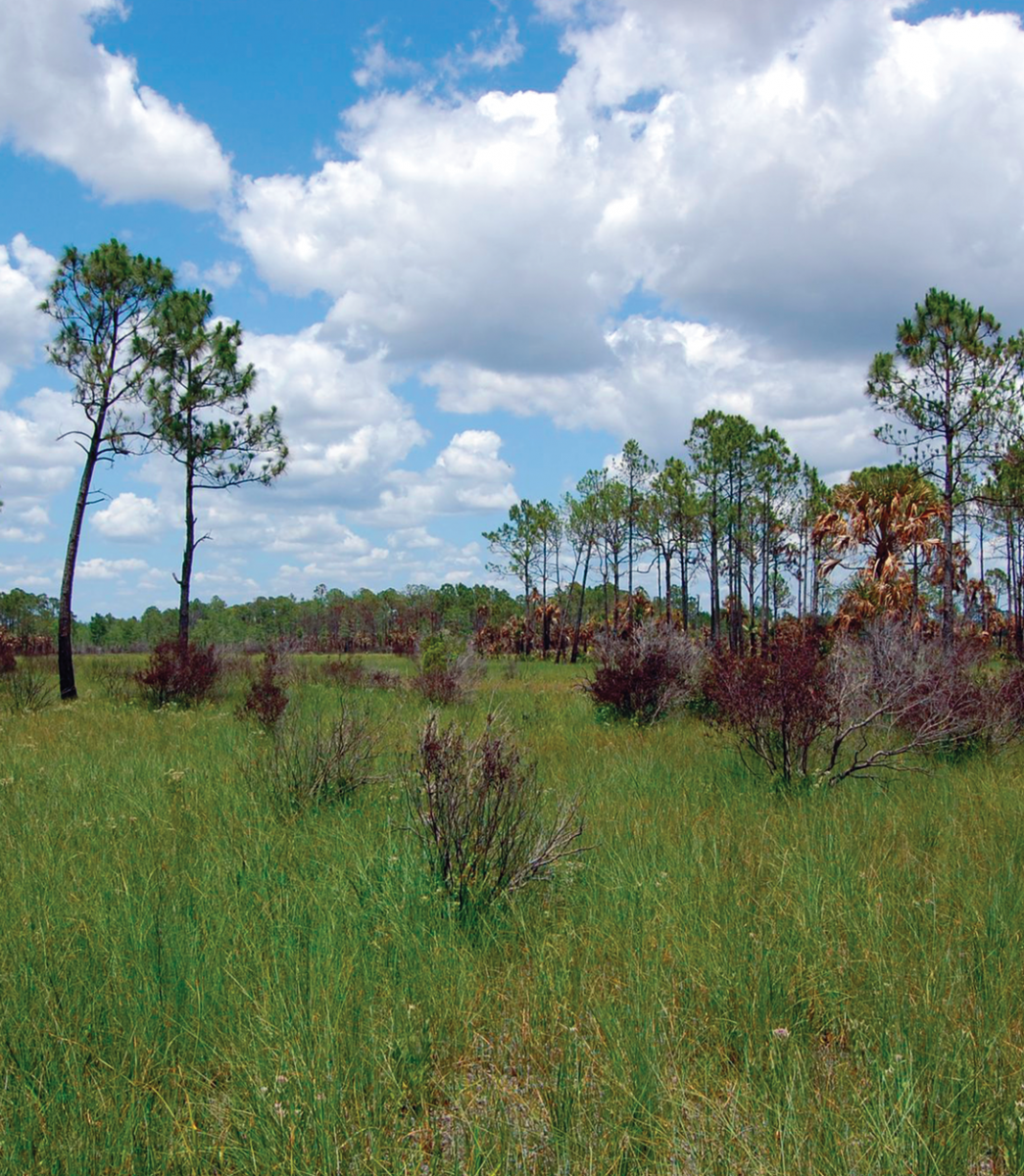
The Nation’s First National Preserve
Although the Big Cypress Jetport plans were canceled, the original runway was still used for aircraft training. The environmental issues of disturbing the Big Cypress Swamp and the nearby Everglades National Park became a growing concern. Hunters, off-road vehicle enthusiasts, property owners, and environmentalists came together as partners to work for the protection of the area. In 1974, through the efforts of United States Senator Lawton Chiles and other representatives, congress created the nation’s first national preserve.
The preserve was established to:
“…assure the preservation, conservation, and protection of the natural, scenic, hydrologic, floral and faunal, and recreational values of the Big Cypress Watershed in the state of Florida and to provide for the public enjoyment thereof.”

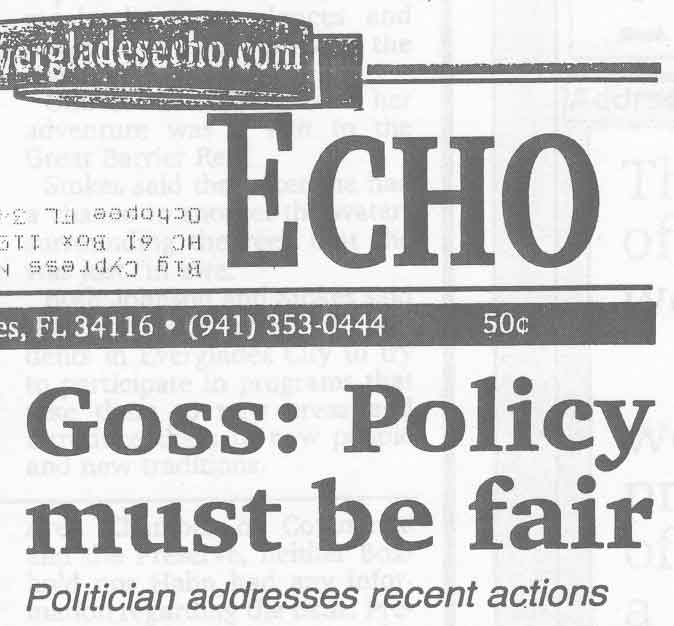
Finding a Balance
A preserve is not a park. A new set of rules had to be determined that would both protect the biological resources of the swamp, and allow the area’s traditional activities, which included hunting, fishing and trapping, and access by airboats and swamp buggies. Other non-park activities, including agriculture, grazing, oil and gas extraction, and traditional use by the Miccosukee and Seminole Indian tribes, also had to be accommodated.
The National Park Service drafted a general management plan to balance environmental concerns with recreational use. The plan limited off-road vehicle trails and the number of entrances to the preserve.
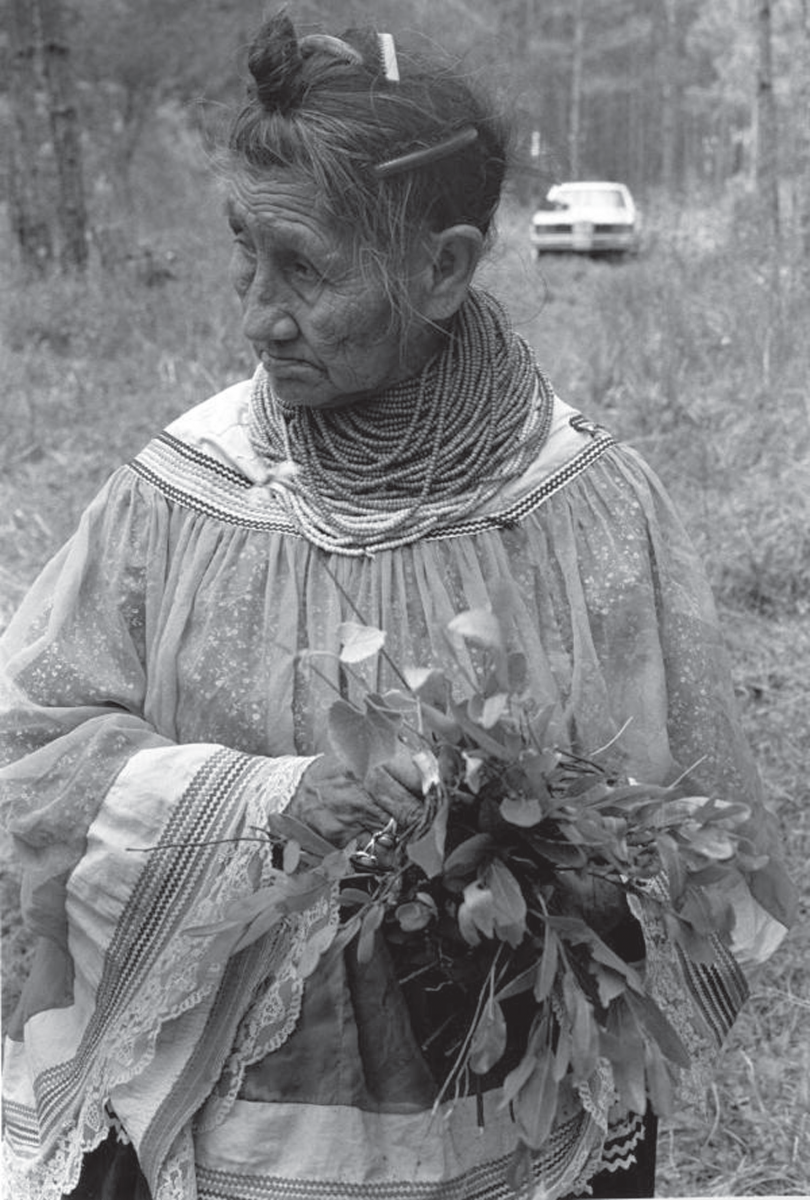
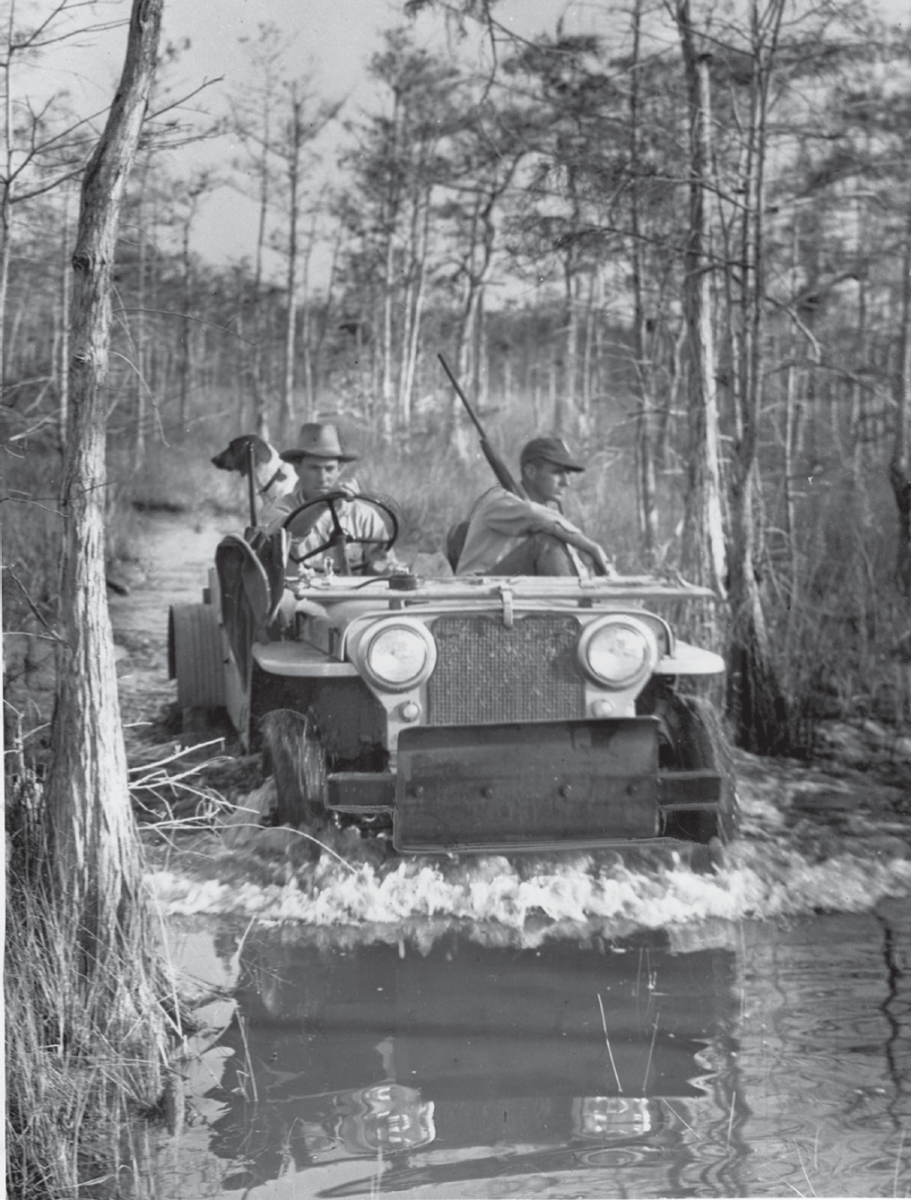 The plan was not popular with sportsmen, as well as some other visitors. They filed a complaint against the National Park Service. The complaint charged that the new rules favored the protection of the natural and cultural resources of the preserve over the other equally important goal of public use and enjoyment of the land. They claimed that the rules were unreasonable and requested the Park Service institute a previous management plan that was more favorable to recreational use.
The plan was not popular with sportsmen, as well as some other visitors. They filed a complaint against the National Park Service. The complaint charged that the new rules favored the protection of the natural and cultural resources of the preserve over the other equally important goal of public use and enjoyment of the land. They claimed that the rules were unreasonable and requested the Park Service institute a previous management plan that was more favorable to recreational use.
Although lawyers initially failed to convince the court that the general management plan should be changed, changes in land usage have been made over the years in an attempt to satisfy both recreational users and environmentalists.
 Melville G. Brinson, III
Melville G. Brinson, III
Lawyer
Melviille Brinson served as local counsel for the firm representing the plaintiffs.
“Fundamentally this dispute was part of a long running debate in this country over the purposes for which our national parks exist. The nature of the Big Cypress Preserve, largely swamp, requires some motorized vehicle access to be able to visit the area. Under the scheme of rules we were contesting, the Preserve is off limits to the very public that championed its creation. There was a very understandable feeling of betrayal.
My family hunted in the general area occupied by the Preserve for generations. This use was among those extinguished by the Park Service. While that personal loss had nothing to do with my involvement in the matter, it certainly causes me to recall this case after all these years. It had a very personal consequence for me and my family.”
